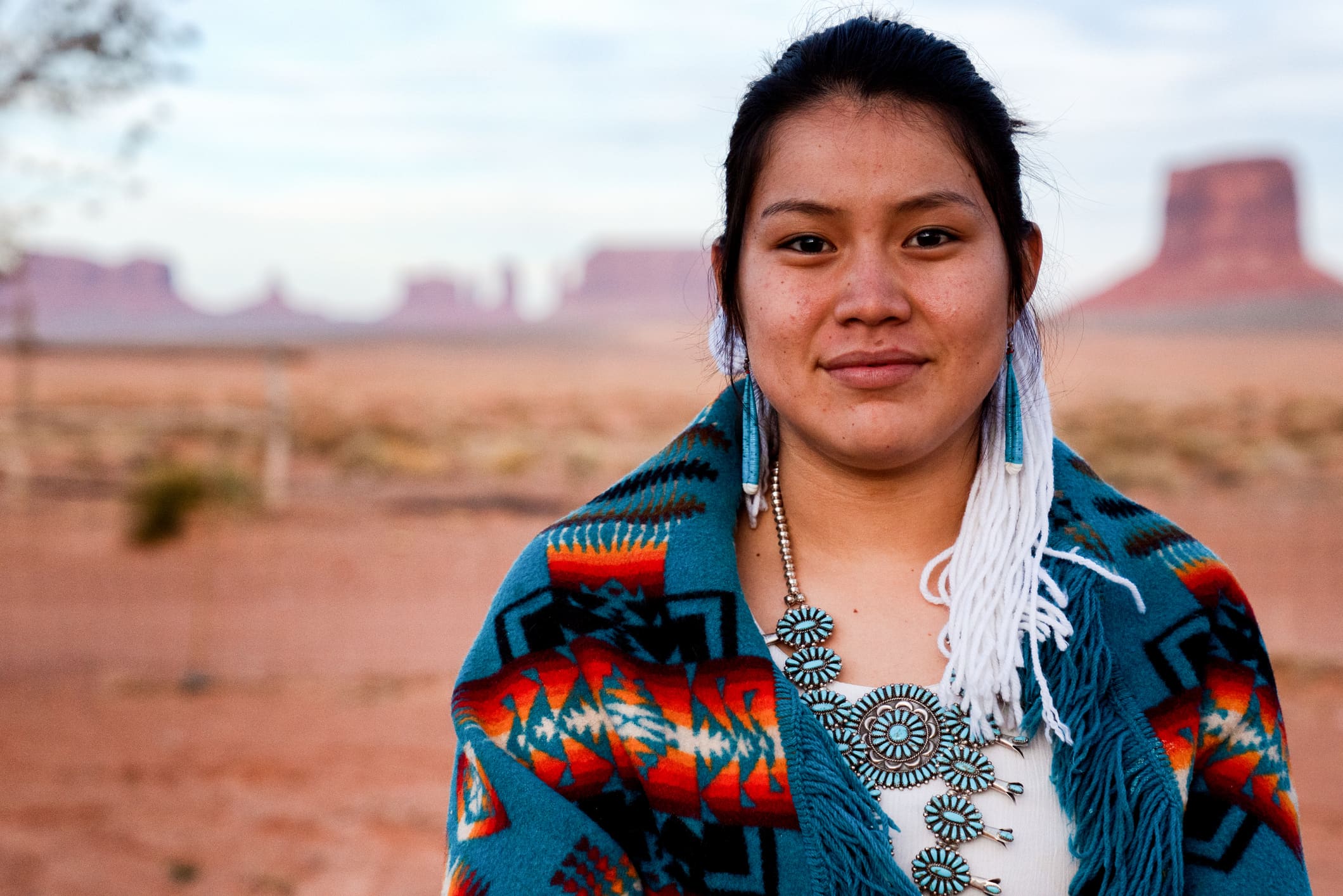
Nearly 3 in 10 Native American women are working on the front lines of the Covid-19 pandemic as essential workers, yet they face a staggering pay gap that the pandemic could widen, according to the National Women’s Law Center.
Native American women, on average, are paid approximately $0.60 for every dollar earned by White, non-Hispanic men. Over the course of a 40-year career, this wage gap costs them $986,240 — nearly $1 million. This equals about $24,656 in lost wages per year, which could pay for eight months of child care, five months of food and one year of rent for a working Native American woman. This wage gap means that Native American women would need to work an additional eight months into the new year — until Sept. 8 — to earn as much as their White, male colleagues made in 2020.
“Native American women have continuously worked through the pandemic, even now as we face new, scary variants of the virus, all while having to make hard choices about health risks and earnings,” Jasmine Tucker, NWLC’s director of research, tells CNBC Make It. “These frontline workers are underpaid and undervalued while we are relying on their labor like never before … it’s just shameful.”
Many of the jobs Native American women hold are in critical yet low-paying industries such as health care and administrative services. As a personal care aide or nurse’s assistant, for example, Native American women make 87 cents for every dollar White, non-Hispanic men make in these jobs.
The wage gap is wider for women in certain tribes. Women in the Navajo and Pueblo tribes, for example, only make about 53% of what their White male co-workers are paid. “Many Native women in these tribes are living on reservations in rural areas where there are fewer high-paid job options,” Tucker explains.
Even before the pandemic, the economic reality for Native American women was grim. In 2019, nearly 18% of Native American women and 21% of Native American children lived in poverty, according to the latest data available from the NWLC. The ongoing health crisis has only exacerbated the hardships Native American families are facing, Tucker adds, as working women have had to contend with lower salaries, job loss and an unstable economy at the same time.
Native American mothers working full-time are paid only 50 cents for every dollar a White, non-Hispanic father makes, amounting to a loss of $35,000 each year, the NWLC found. Comparatively, Black mothers lose about $33,600 annually and Latina mothers lose $38,000 to the wage gap. “That money could have paid for her higher education, a house for her kids, her kids’ educations,” Tucker says. “There’s all these missed opportunities to build wealth for her and her family, to weather the economic fallout of the pandemic, that she’s missed out on because of that wage gap.”
Native Americans have also been hit especially hard by the health effects of the pandemic, as they are at higher risk of having serious complications from coronavirus due to high rates of diabetes, heart disease and other pre-existing health conditions within their communities. Moreover, the virus has spread among Native Americans at about 3.5 times the rate of White, non-Hispanic people.
Despite these obstacles, Native Americans have had one of the highest vaccination rates in the country. That, and a surge in higher paid, available jobs as the economy recovers, mean we should be cautiously optimistic about wage growth, Tucker notes.
“The high quitting rates we’ve been seeing are definitely a good sign, especially because people feel empowered to find better work,” she says. “But I am worried about women, especially mothers of color who have been out of the labor force for a long time, being less willing to negotiate a higher salary or other benefits because they’re so afraid they’re going to lose the job offer they have on the table.”
Tucker continues, “When you’ve been out of work for so long, and you have bills to pay, you’re probably going to take the first offer you get because you can’t afford to wait. The difference between Native American women and White, non-Hispanic men is that he might have more savings to rely on while he holds out for a better job offer — but she can’t weather that kind of financial storm, and that can widen the gap.”
Economic data for Native American women is limited, which makes it hard to get a clear financial picture of how this group has been affected by the pandemic. The Bureau of Labor Statistics doesn’t report unemployment rates for Native Americans, and the Census Bureau’s American Community survey, which profiles Native American households, has been delayed due to the pandemic.
“Without this data, we can’t really understand how to craft the right solutions to support Native American women and their families until we know the full extent of the problem,” Tucker notes. In the meantime, she says, we should be enacting policies that would raise the minimum wage, bolster equal pay laws and improve paid family and medical leave to fix pay inequality.
“We need to create an environment where women can go to work because it’s safe, they’re paid a fair wage and can afford child care,” Tucker says. “But we need to fight for these changes before we get close to narrowing any kind of pay gap.”
Check out: Long-term unemployed workers still have access to federal jobless aid in these states
Sign up now: Get smarter about your money and career with our weekly newsletter




